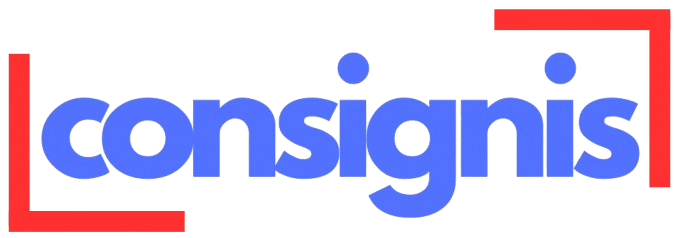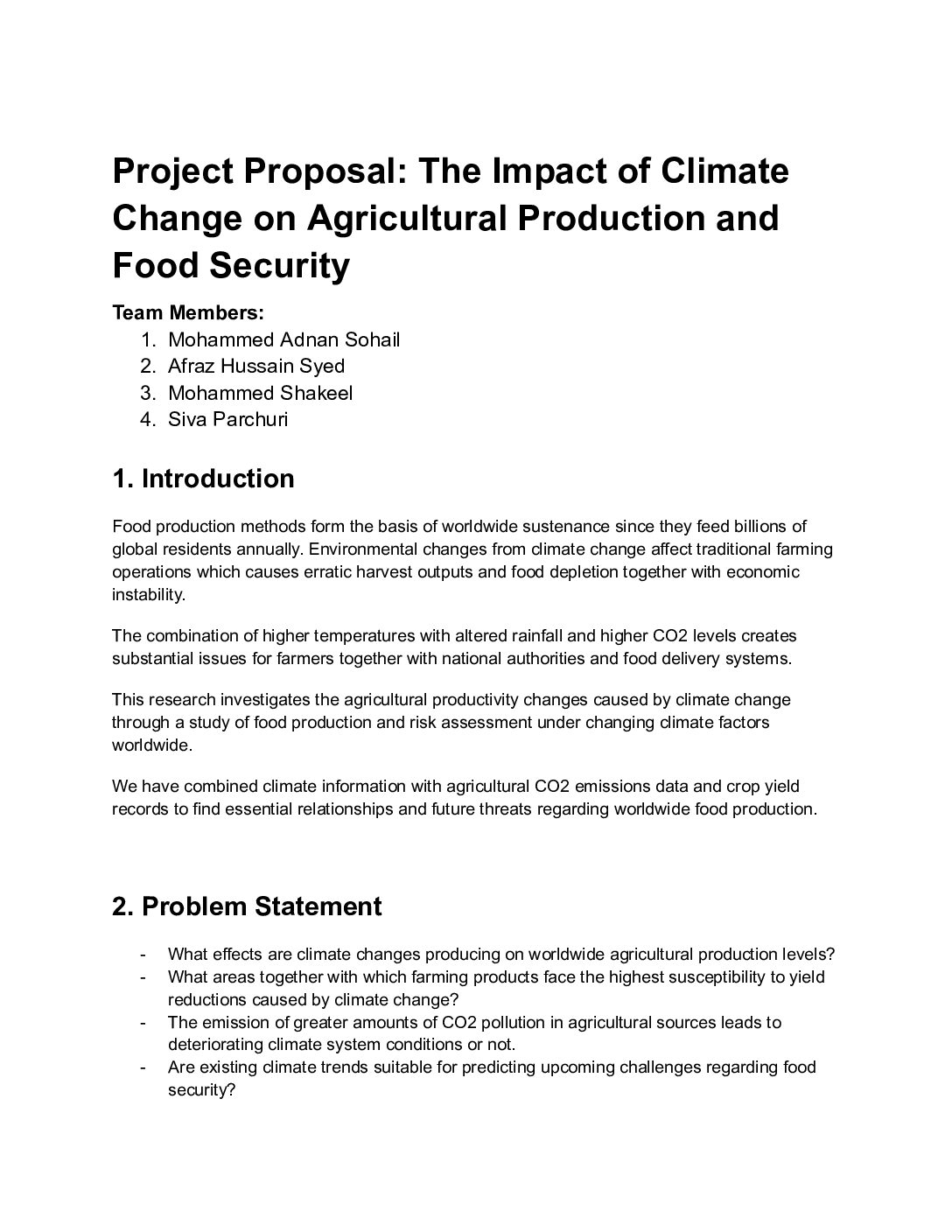Apoorva Sara Prakash, Muthu Solayappan, and U. Dinesh Kumar, Professor of Quantitative Methods and Information Systems, prepared this case for class discussion. This case is not intended to serve as an endorsement, or as a source of primary data, or to show effective or inefficient handling of decisions or business processes.
Copyright © 2015 by the Indian Institute of Management, Bangalore.
Introduction
It was a typical Bangalore evening, with pleasant weather, a fresh breeze, and intermittent monsoon showers—an ideal setting for sipping a hot cup of coffee. Admiring nature’s exuberance through the glass windows of Au Bon Pain cafe at the Indian Institute of Management, Bangalore (IIMB) campus, Dr. Ananth N. Rao, the head of the quality department at Apollo Hospital, began discussing one of the operational problems that had been troubling him for the past few weeks. Sipping his coffee, Dr. Rao said to Professor Dinesh Kumar:
“In 2013, we spent around INR 5.1 million on the linen used in our hospital, with about 67% spent on washing alone. I believe that if managed optimally, we can significantly reduce this cost.”
Apollo Hospital, Bangalore, is a tertiary care flagship unit of the Apollo Hospitals Group, accredited by the Joint Commission International (JCI). The hospital focuses on centers of excellence such as cardiac sciences, neurosciences, orthopedics, cancer, emergency medicine, and solid organ transplants, besides a comprehensive range of more than 35 allied medical disciplines.
Linen in Hospitals
Linen is a crucial requirement in hospitals, comprising bed sheets, pillow covers, blankets, gowns, and aprons, used by patients, doctors, nurses, and attendants. Soiled linen is sent to the laundry, where it is treated with chemicals to remove stains and decontaminate it. Heavily-soiled linen undergoes extra wash cycles.
Linen in hospitals can harbor potentially harmful microorganisms, necessitating strict protocols for handling, storage, bagging, transportation, and washing to prevent contamination. Various health services worldwide have established standards and best practices to manage hospital linen effectively. Improper management can lead to increased operating expenses and shortages, causing delays and cancellations of surgeries, ultimately resulting in patient dissatisfaction.
Linen Management Process at Apollo Hospital
Apollo Hospital maintains a Central Linen Room where all linen is stocked and distributed to various floors based on demand. Used linen is collected by nurses and segregated into two categories:
- Used linen
- Heavily-soiled linen (collected separately in a yellow bag and disposed of via a chute)
Heavily-soiled linen undergoes a special cleaning process to ensure proper disinfection. The laundry representative counts the soiled linen and the yellow bags and issues a delivery challan (out). Linen is sent for washing every evening and returned after two days (day +2). The Linen Room maintains a record of linen sent out and received.
Key aspects of the linen management process:
- No established system to track the number of washes before discarding an item.
- Approximately 0.28% of used linen is discarded daily, with 40% of these discards converted into pillowcases.
- Linen Room records are audited daily, with monthly audits to inspect discarded linen and total inventory.
Occupancy Information
Linen usage depends on the hospital’s occupancy rate. The forecasted daily occupancy for October to December 2014 is shown in Exhibit 3.
Key points:
- The hospital maintains a linen safety stock for two days (50% of the linen).
- 25% of the linen is in circulation (par count), while the remaining 25% is in the laundry.
- Each bed has a par count of 2 bed sheets and 1 pillow cover.
- Linen is changed every morning and after patient discharge, increasing daily usage by 2%.
Cost Information
The cost structure for linen management is as follows:
| Item | Cost of Washing (INR) | Cost of New Purchase (INR) |
|---|---|---|
| Bed Sheet | 5 | 181.5 |
| Pillow Cover | 3.3 | 64.35 |
- The hospital receives 250 patients daily, requiring two bed sheets and one pillowcase per bed.
- The total cost of managing linen per bed per month is INR 1,700 (including bed sheets, pillow covers, gowns, aprons, etc.).
- The total monthly linen cost, including procurement, replacement, inventory maintenance, discards, and laundry, is approximately INR 425,000.
The Challenge
The hospital faces several challenges in linen management:
- Tracking linen life: Linen lasts up to 70 wash cycles under regular conditions and 45 wash cycles for heavily-soiled linen. However, there is no tracking system to monitor the number of washes per item.
- Lack of RFID technology: RFID tracking could help monitor linen usage but is deemed costly and unsuitable for fluctuating washing patterns in India.
- Optimal purchase planning: Apollo Hospital purchases linen once a year but aims to increase purchase frequency while maintaining a minimum interval of 30 days between purchases.
During its quarterly meeting in August, the Linen Management Committee decided to purchase new bed sheets and pillow covers for the quarter starting October 2014, while discarding older linens. The expected linen availability on October 1, 2014, is:
- 1,260 bed sheets and 680 pillow covers in stock.
- 470 bed sheets and 240 pillow covers arriving from the laundry.
- 460 bed sheets and 232 pillow covers arriving on October 2, 2014 from the laundry.
The hospital needs to determine the optimal quantity of linen to purchase and the right time to place orders, ensuring daily demand is met while minimizing total costs.
Exhibit 3: Forecasted Daily Occupancy (October-December 2014)
| Day | October 2014 | November 2014 | December 2014 |
| 1 | 229 | 272 | 260 |
| 2 | 236 | 279 | 254 |
| 3 | 223 | 224 | 233 |
| 4 | 270 | 238 | 220 |
| … | … | … | … |
| 30 | 217 | 272 | 188 |
| 31 | 211 | – | 170 |
(Source: Apollo Hospital)
Conclusion
Apollo Hospital must develop an analytics-driven strategy to optimize linen management, reduce costs, and improve efficiency. This includes improving tracking mechanisms, refining procurement cycles, and ensuring an optimal balance between demand and inventory.

